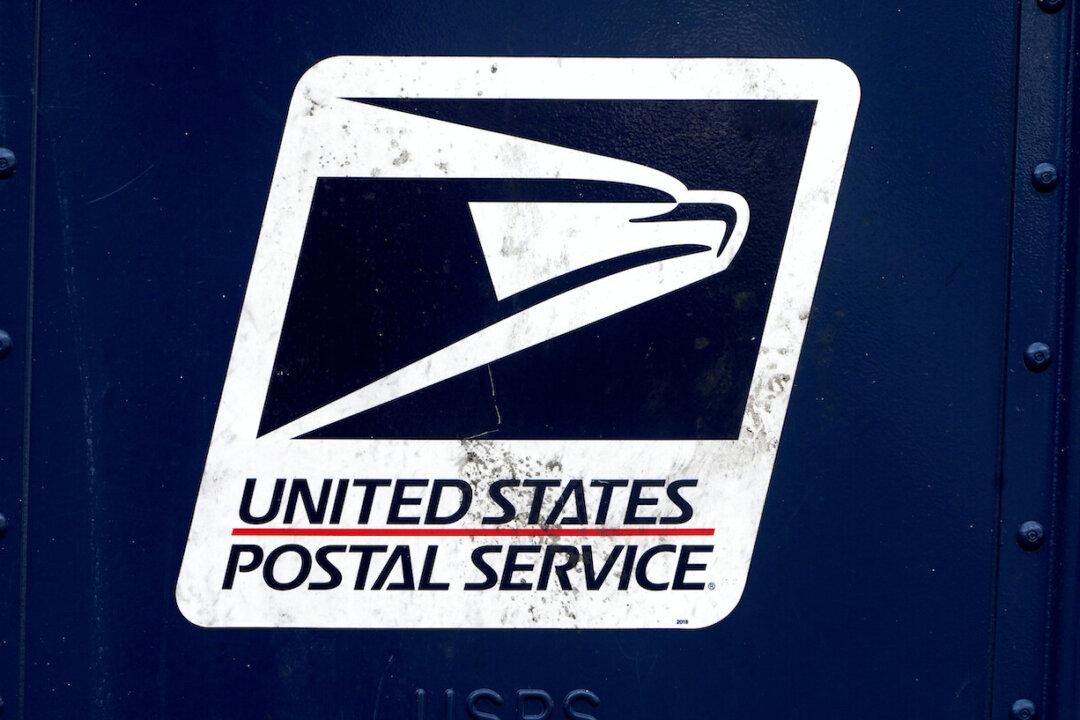Commentary
The panic over whether the U.S. Postal Service (USPS) could deliver election ballots has passed. So is the fear it would run out of cash and stop all deliveries—Congress provided it with $10 billion in emergency relief to cover COVID-induced losses and expenses.





